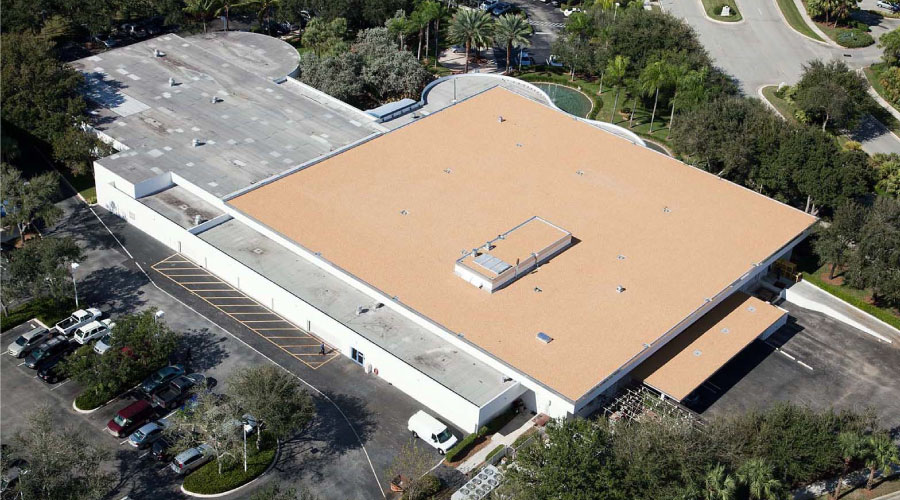Prepare Roof Condition Report and Priorities
The purpose of the roof condition report is to guide long-range planning. The roof condition report should explain the investigation methodology employed, the findings, the prioritized conceptual recommendations, and the probable cost of recommended repairs or replacements.
Most facility executives prefer to have predictable expenditures that can be budgeted in advance. To have a steady-state roof management program using 20 years as the average life of a roof, facility executives should plan on replacing 1/20, or 5 percent, of the roof each year and maintaining the other 95 percent. To ensure that capital is available, it’s best to plan replacements no fewer than five years in advance.
A good way to classify roofs in terms of the priority for replacement is by triage, in other words, best to worst: Roofs that are under warranty and maintainable; roofs that are not under warranty, but maintainable; and finally, roofs that are near the end of their rated lives and not maintainable.
During the preparation of the roof condition reports, roofs should be classified into one of the three categories.
For the first group, during regular inspections, manufacturers should be notified of defects, warranty claims should be filed, and the repairs made at little or no cost to the owner. This much-neglected procedure can save owners thousands of dollars in unneeded expenses and demonstrate the importance of managing warranties over a long period of time.
For the second group, the roof condition reports should identify the nature of deficiencies and the repair and maintenance work that needs to be performed. Work orders should be issued, contractors hired, and the recommended repair, maintenance and cleaning should be performed at least annually.
The third group requires the longest-term perspective because the costs are the greatest. Once replacement has become necessary, facility executives should not wait until the work becomes an emergency. Repairs should be made to stop leaks, but major work or partial replacement should be postponed until the entire roof is replaced. Major roof replacement projects are expensive and disruptive and usually take many months to complete on large buildings. They should be planned several years in advance to allow time for budgeting, design, bidding, contractor selection, and actual construction.
Related Topics:

















